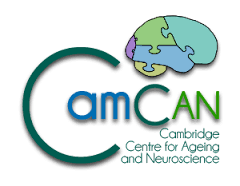CBSU bibliography search
To request a reprint of a CBSU publication, please
click here to send us an email (reprints may not be available for all publications)
Functional neuroanatomy of the semantic system: Divisible by what?
Authors:
Mummery, C.J., PATTERSON, K., and HODGES, J., C. J. Price
Reference:
Journal of Cognitive Neuroscience, 10(6), 766-777
Year of publication:
1998
CBU number:
3865
Abstract:
Studies of patients with brain damage suggest that specific brain regions may be differentially involved in representing/processing certain categories of conceptual knowledge. With regard to the dissociation that has received the most attention – between the domains of living things and artifacts – a debate continues as to whether these category-specific effects reflect neural implementation of categories directly or some more basic properties of brain organization. The present positron emission tomography (PET) study addressed this issue by probing explicitly for differential activation associated with written names of objects from the domains of living things or artifacts during similarity judgements about different attributes of these objects. The left temporo-occipito-parietal junction showed enhanced activity for judgements about object location, whereas the left anteromedial temporal cortex and caudate nucleus were differentially activated by color judgements. Smaller differences were seen for living and nonliving domains, the positive findings being largely consistent with previous studies using objects; in particular, words denoting artifacts produced enhanced activation in the left posterior middle temporal gyrus. These results suggest that, within a distributed conceptual system activated by words, the more prominent neural distinction relates to type of attribute.

 MRC Cognition and Brain Sciences Unit
MRC Cognition and Brain Sciences Unit

